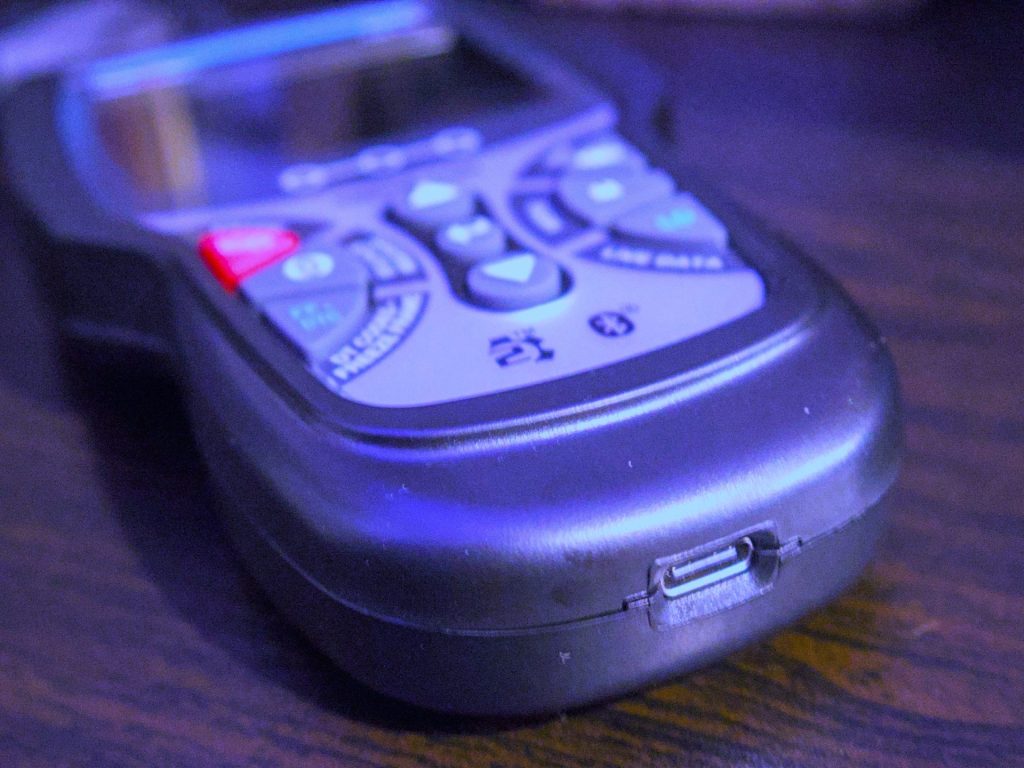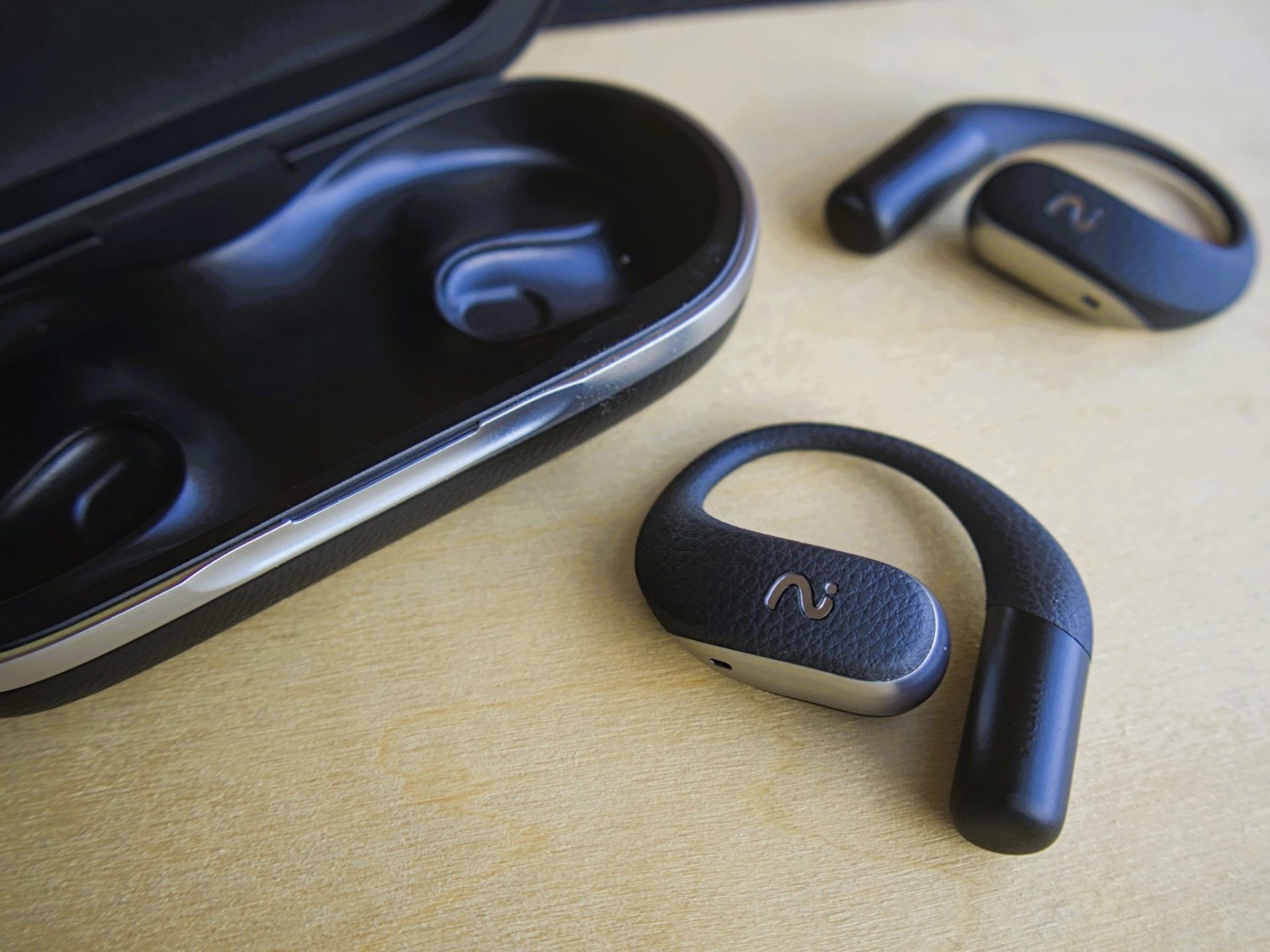Cars are machines, sometimes complicated, and they can malfunction or break down like anything else. Typically, when something is wrong with your vehicle and the check engine light comes on, the system computer will also present an error code. Without the appropriate tools, you won’t necessarily know what those diagnostic codes are, or even what they mean. Sometimes, the codes are universally used across make and models, while other times they’re brand-specific. You can go to a local mechanic or dealership to have them clear the codes, ideally after fixing whatever is wrong. But if you have a scanner at home, you can administer DIY repairs and clear those codes yourself. The Innova CarScan Advisor 5210 is one such tool, which plugs into the standard OBD2 port.
Before we discuss the tool, allow me to share some personal experience.
I am not a mechanic. Most serious problems, especially anything to do with the engine or mission critical systems I probably cannot fix myself. However, I grew up taking care of my own cars, from my very first Buick LeSabre passed on to me from my grandmother, to the first cars I purchased myself — a first-gen Mazda RX7, a second-gen Mazda RX7 when the first eventually died, and a few others over the years. I know how to change the brake pads and rotors, bleed the brake lines, change filters and wipers, and change tires. I can also do a few other minor repairs like changing blown fuses, swapping out media players or dash units, changing bulbs, that kind of thing. Of course, I can also change the oil and oil filters, but I think most resourceful folks know how to do a lot of this, as well.
Why point out the repair knowledge?
 Source: Briley Kenney / Techigar
Source: Briley Kenney / Techigar Source: Briley Kenney / Techigar
Source: Briley Kenney / TechigarA lot of those tasks I learned myself. I used books, online resources, and sometimes YouTube videos, following tutorials and the like. I also helped my Dad change brakes and do routine maintenance on vehicles when I was younger. The reason I’m pointing this out is because the 5210 and Innova’s other products are two-fold. You can plug into the car, check and read codes, clear them, run diagnostics and check out live data. But through a free app called RepairSolutions2, which pairs with the tool via mobile, you can also access vehicle specific repairs and fixes, unlocking a totally new avenue for learning how to do those DIY projects.
Which brings us to the meat of this Candid Review. Coincidentally, my family owns two modern vehicles which really don’t need as many repairs, just your average maintenance. We have a Mazda CX-3, which is mostly mine, and a Mazda CX-5, primarily my wife’s. If you couldn’t tell, we kind of have a vehicle type in the Kenney household. Nevertheless, the 5210 makes it easy to diagnose problems when they do arise and, most importantly, helps me figure out when there’s an issue I can’t handle. If you’re considering getting an OBD2 scanner for your household — and I highly recommend it — I’m going to walk through the basics and explore what the 5210 does specifically. So, grab a drink or a snack, pop the hood with me and let’s see what’s going on under there.
Innova 5210 versus other OBD2 scanners
 Source: Briley Kenney / Techigar
Source: Briley Kenney / Techigar Source: Briley Kenney / Techigar
Source: Briley Kenney / Techigar Source: Briley Kenney / Techigar
Source: Briley Kenney / TechigarInnova offers a wide selection of tools, which you’ll notice right away if you peruse their inventory. The Innova 1000, for example, is a very basic scanner that’s meant to pair with your phone and works best with the app. The 5210, and more advanced scanners, like the 5610 — which I also have — don’t need a phone. The app is optional, and while you can glean a host of more vehicle-specific data using the app alongside the scanner, it also shows you everything you need natively.
Truthfully, if you’re not a mechanic, you probably don’t need the more expensive scanners. That said, they can provide additional information that’s helpful. The 5610 reads OBD2 live data with recording and playback for statistics, handles SRS airbag codes, reads TPMS or tire pressure information and does an all-system scan. There are also a handful of advanced diagnostics the 5610 can engage, like hybrid cell voltage, OEM live data, special calibrations and so on. The 5210 doesn’t do any of that.
But here’s what it can do:
- Engine checks
- SMOG and emissions checks
- Auto Re-Link for regular automated scans
- Read code priority details to identify core fault codes
- Explain or highlight code severity
- Battery and charging system tests
- Various OBD2 modes
- Drive cycle procedures
- OBD2 live graphing data
- ABS brake codes
If you don’t understand some of these functions, then they’re likely beyond your purview and not something you would use the tool for. That is not a hand wave, or a put down, there are legitimately some modern vehicle systems that are beyond DIY coverage.
How do you use the Innova 5210
 Source: Briley Kenney / Techigar
Source: Briley Kenney / Techigar Source: Briley Kenney / Techigar
Source: Briley Kenney / Techigar Source: Briley Kenney / Techigar
Source: Briley Kenney / Techigar Source: Briley Kenney / Techigar
Source: Briley Kenney / TechigarThe process is pretty much the same for any OBD2 scanner. Keep in mind, most vehicles newer than 2024 aren’t compatible — some tools have a firmware update that adds compatibility. You can check your vehicle make and model to see if it’s supported on the Innova website.
But you basically plug the tool’s OBD2 adapter into the corresponding port in your vehicle. All vehicles from the early 1980s on have an OBD2 port. That port is a 16-pin standardized connector and it’s the same on every vehicle. The only exception is electric vehicles — they have an electric powertrain and OBD2 was originally developed for emissions checks. Hopefully, I don’t need to explain why EVs don’t need emissions checks.

You can usually find that port under the dashboard on the driver’s side, somewhere around the steering column. In both of my Mazdas it’s on the driver’s side, just underneath and to the right of the hood, gas cover and trunk release levers.
The car’s engine does not need to be running, however, the ignition must be in the “on” position to power the scanner and open communication with the tool. In some cars it will show basic information with the car off, but most of the software tools need the car to be powered to propagate stats. There are some specialized checks the advanced tools can do that require the engine to be on. Usually, it will tell you if that’s the case.
It’s really as simple as plugging the tool in, making sure it has power and letting it do its thing.
This is why I explained my knowledge, and shared that I’m not a mechanic
 Source: Briley Kenney / Techigar
Source: Briley Kenney / Techigar Source: Briley Kenney / Techigar
Source: Briley Kenney / Techigar Source: Briley Kenney / Techigar
Source: Briley Kenney / TechigarOnce the tool is plugged in, you’re off to the races. Thanks to the built-in 3-inch display, and SMOG readiness LED lights, you don’t need anything else to figure out what’s going on. Meaning, you don’t need your phone paired or the app open. There are even a few physical buttons that make it easy to navigate the information on screen, quickly access some of the functions and modes, and essentially kickstart system checks.
It’s also not complicated at all to read or use. You don’t have to be a mechanic and you don’t need to have super specific knowledge.
The very first time you plug in the tool you have to go through a brief, guided setup process. You can also pair your smartphone and the mobile app at this time, or skip it. The RepairSolutions2 app works with iOS and Android. When you first set up the app (not the tool) you’ll need your vehicle’s VIN number, the current odometer reading and a few other basic details.
Plugging in the 5210 OBD2 scanner
When you plug in the scanner it automatically connects to the vehicle and collects the information needed. It does this every time you connect after. First, it will show diagnostic code readouts, if there are any. Then, you can bypass that information to the main menu and run the diagnostics tools and data functions. That’s really all there is to it. If there’s something wrong or something worth your attention the tool will tell you — and if you have the app paired it will show up on your phone, too. If you want to run one of the tests you can do that from the main menu, but most require the vehicle to be on and running.
It’s pretty much plug-and-play as long as your vehicle is compatible and the tools and information are straightforward when it comes to using them. Again, you don’t need to have special knowledge. Interpreting the information it gives you might be a different story, however.
What’s the verdict, and the price?
I think everyone should have an OBD2 scanner in their home and in their toolset, unless you own all electric vehicles. Gas-only and hybrid cars still include OBD2 ports and that’s going to be true for a long while to come I think. But this tool really helps you get to the bottom of what’s going on with the emissions, general engine and performance. Even for the stuff that the 5210 doesn’t explicitly cover, it can still read error and diagnostic codes flagged by the vehicle’s computer. In that way, it’s not like you’re locked out of knowing what’s happening under the hood.
Compared to the Innova 1000 or a basic scanner, the 5210 is certainly a step up, especially if you want to review live data. But it’s not quite as advanced as the 5610. That’s going to be your hardest decision, most likely, is selecting the tool for your needs and your skill level. If you’re doing anything DIY, you need at least the 5210. It’s easy to use, even easier to set up, and you can read the information with or without the phone and companion app — the app is completely optional. But RepairSolutions2 also unlocks a host of additional resources, including pro-level guides from people with hands-on knowledge.
Final thoughts
It’s the full package, and I highly recommend getting something like it if you do any kind of troubleshooting on vehicles at home. The price is also very reasonable, in my opinion, if you’re using the tool regularly. MSRP is $120, but I believe it’s permanently discounted to $100 now.
- Recommended Buy: Yes, every vehicle owner should have a scanner.
- For Who: Those looking to administer DIY repairs or diagnose problems before visiting a mechanic or dealership.
- Alternative: Innova 1000 (basic), Innova 5610 (advanced)
- MSRP: $100
I am a freelance writer for Innova. I don’t have any sponsored interests in this tool outside of what I’m paid to write for the company’s website. This is an honest review of my use and I was not paid to publish a review on Techigar.












